Labor unions offer early support for nascent Permanente Health Plan
After World War II, the experience of the Kaiser Permanente Health Plan for union members led to their support in the early peacetime years.
“Kaiser launches 747th — and last — wartime ship,” article in the Oakland Tribune, August 13, 1945. Expanding the shipyard workers’ health care plan to the public sparked the birth of the Kaiser Permanente program.
As World War II neared an end, the Permanente Health Plan was looking at a dramatic shift in its member base. Wartime shipyard closures loomed, and the future of the plan during peacetime would hinge on attracting new members to the community.
Given Henry J. Kaiser’s support for labor, it was not surprising that labor unions were among the early member groups. Bay Area workers — Oakland city employees, union typographers, street car drivers, and carpenters — embraced the Permanente Health Plan and its emphasis on preventive medicine.
One of the first and largest unions to endorse the plan was The International Longshoremen and Warehousemen Union.
On June 7, 1945, the Stewards and Executive Council of the ILWU’s Oakland unit voted unanimously to make coverage in the health insurance plan of the Permanente Foundation a part of its future negotiations with employers. The executive council also requested that employers pay for the plan’s premiums.
We want our Permanente!
An article in the ILWU’s The Dispatcher explained:
“. . . Permanente operates on three principles: prepayment . . . group practice of medicine (the hospital has 84 doctors on its staff, many of them specialists . . . and adequate facilities.)"
Related to adequate facilities, the article noted that a group practice health plan like Permanente could afford the latest medical equipment, which individual, fee-for-service physicians did not have.
Preventive care takes center stage
“The most important provision of the plan . . . is that the first two visits to the hospital are included in the insurance."
“A spokesman for (Permanente) explained that the hospital was interested in really affording the worker medical security. If the patient had to pay for the first two visits, he would be deterred from using the plan until an ailment became necessarily serious.”
“The hospital's facilities are open to all groups with no segregation of patients because of creed or color,” the article reported.
Within five years, by 1950, ILWU president Harry Bridges had brought all 6,000 union members working up and down the West Coast into the Permanente Health Plan.
The union’s agreement with Permanente leader Sidney Garfield, MD, included opening a medical facility in San Pedro near Long Beach. Up to that point, the health plan had only one Southern California hospital, which provided care for the workers at the Kaiser Steel Plant in Fontana.
-
Social Share
- Share Labor unions offer early support for nascent Permanente Health Plan on Pinterest
- Share Labor unions offer early support for nascent Permanente Health Plan on LinkedIn
- Share Labor unions offer early support for nascent Permanente Health Plan on Twitter
- Share Labor unions offer early support for nascent Permanente Health Plan on Facebook
- Print Labor unions offer early support for nascent Permanente Health Plan
- Email Labor unions offer early support for nascent Permanente Health Plan
December 10, 2025
A productive 22nd NUHW bargaining session
After a 3-week hiatus, 3 tentative agreements were reached.

December 5, 2025
Where we stand
New bargaining dates are set for December 11 to 15, as Alliance-represented …

November 20, 2025
It’s time to move forward
Our strong, historic offer honors Alliance-represented employees’ contributions …
November 18, 2025
Busy day at the bargaining table for Kaiser Permanente and NUHW
Several responses to proposals were shared in 21st bargaining session.
November 11, 2025
Kaiser Permanente and NUHW check in on outstanding proposals
Three responses were shared in the 20th bargaining session.
November 7, 2025
Kaiser Permanente and NUHW reach one tentative agreement
Additional sessions in December were confirmed.

November 7, 2025
Negotiations continue
Kaiser Permanente offers proposal that would provide for more employee …

November 4, 2025
Visualizing our offer
New online tool provides Alliance-represented employees a personalized …

November 4, 2025
A best place to work for veterans
As a 2025 top Military Friendly Employer, Kaiser Permanente supports veterans …
October 31, 2025
Kaiser Permanente and NUHW continue negotiations
Four proposals were exchanged in 18th bargaining session.
October 28, 2025
2 tentative agreements reached in 17th session
Kaiser Permanente and NUHW continue making progress at the bargaining table.

October 24, 2025
Strong offer, stronger future
Kaiser Permanente’s economic proposal rewards Alliance-represented employees …

October 19, 2025
Kaiser Permanente returns to normal operations after strike
Bargaining for a new national contract with the Alliance of Health Care …
October 16, 2025
Bargaining continues during 16th session
Additional counterproposals exchanged between Kaiser Permanente and NUHW.
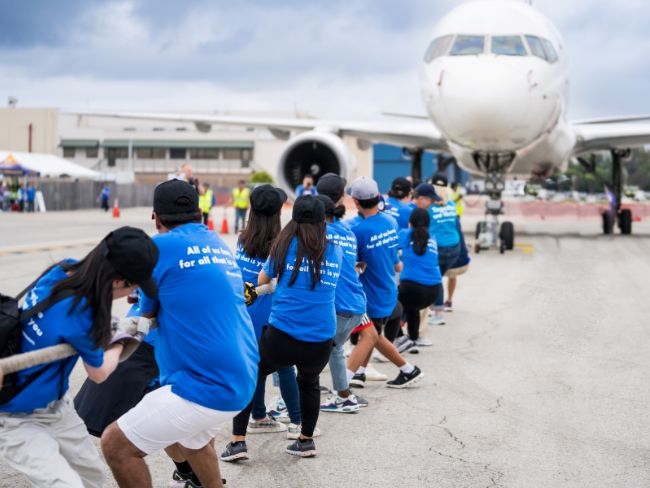
October 15, 2025
Kaiser Permanente shows up strong for the annual plane pull
Championing health equity and teamwork drives Kaiser Permanente’s support …

October 13, 2025
Our statement on the Alliance of Health Care Unions’ strike
We remain committed to an agreement that balances fair pay with affordable …

October 12, 2025
A strong offer that puts patients and employees first
We're committed to reaching an agreement that honors our employees, protects …
October 11, 2025
Another tentative agreement reached in bargaining
Additional counterproposals exchanged between Kaiser Permanente and NUHW.

October 10, 2025
Latest bargaining session fails to reach agreement
We are committed to negotiating a fair contract with the Alliance, despite …
October 6, 2025
Kaiser Permanente and NUHW exchange multiple proposals
Session marked by continued dialogue.

October 4, 2025
Despite strong offer on the table, strike notices received
Kaiser Permanente strengthens latest economic proposal offering competitive …
October 2, 2025
Key proposals reintroduced at NUHW bargaining
Kaiser Permanente and NUHW reach a tentative agreement on associate licensure …
September 30, 2025
Tailoring mental health care to the needs of our members
Recognizing that mental health is an essential part of overall well-being, …

September 29, 2025
Work continues to reach new national agreement
Kaiser Permanente and Alliance enter into third-party mediation to help …
September 26, 2025
Bargaining continues with meaningful exchange of proposals
Kaiser Permanente and the National Union of Healthcare Workers exchange …
September 24, 2025
Bargaining gains momentum with 2 new tentative agreements
Kaiser Permanente and the National Union of Healthcare Workers agree on …

September 24, 2025
A job at Kaiser Permanente is much more than a paycheck
Being a part of the country’s largest mission-driven health care organization …

September 24, 2025
See what makes our offer stand out
Higher pay and investments in your benefits and educational opportunities …
September 22, 2025
NUHW bargaining sessions provide robust exchanges
Kaiser Permanente and the National Union of Healthcare Workers discuss …

September 19, 2025
Understanding the value of a Kaiser Permanente job
Our proposal means higher pay and stronger benefits for you.
September 17, 2025
Progress continues in NUHW bargaining sessions
Kaiser Permanente and the National Union of Healthcare Workers exchange …

September 13, 2025
The value of a Kaiser Permanente job
Kaiser Permanente is proud to offer competitive pay, outstanding benefits, …

September 13, 2025
Update on Alliance national bargaining
Negotiations focus on pay, benefits, and remaining staffing proposals.

September 13, 2025
Details of our latest offer to the Alliance of Health Care Unions
Kaiser Permanente rewards employees for the excellent care they provide.
August 29, 2025
Negotiations focus on patient access, therapist support
Kaiser Permanente and NUHW continue to exchange and consider proposals.

August 28, 2025
We celebrate our employees this Labor Day
Kaiser Permanente has a long, proud history of working with unions.
August 26, 2025
Kaiser Permanente and NUHW bargaining update
Our proposals to the National Union of Healthcare Workers seek greater …

August 23, 2025
Alliance national bargaining update
New tentative agreements enhance the minimum wage and strengthen the Labor …
August 15, 2025
NUHW bargaining progresses
Discussions at the bargaining table focused on the job duties and workload …
August 13, 2025
Third tentative agreement reached
Kaiser Permanente and the National Union of Healthcare Workers continue …
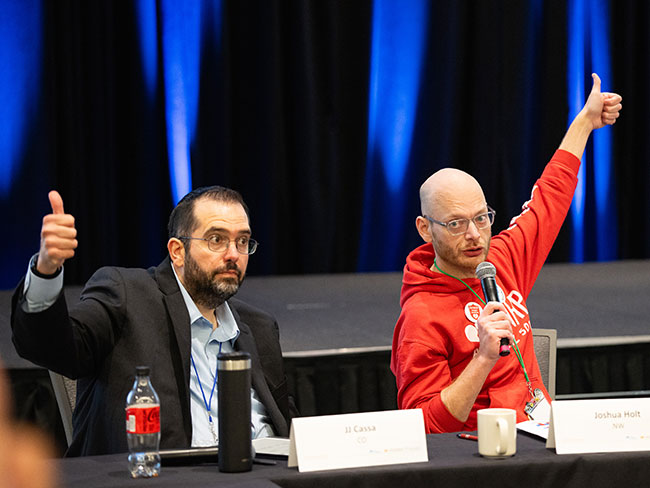
August 7, 2025
Alliance national bargaining talks move forward
Kaiser Permanente and the Alliance reach 30 tentative agreements.
July 31, 2025
Second tentative agreement reached
Kaiser Permanente and the National Union of Healthcare Workers reached …
July 24, 2025
NUHW bargaining continues in Northern California
Kaiser Permanente and the National Union of Healthcare Workers reached …

July 17, 2025
National bargaining talks progress
Kaiser Permanente and Alliance of Health Care Unions navigate key issues. …

July 17, 2025
2025 Alliance national bargaining facts at a glance
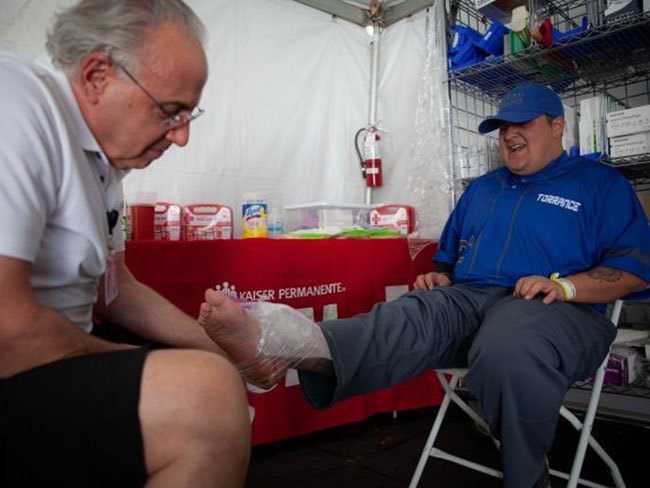
July 16, 2025
More than just a game
Kaiser Permanente partners with Special Olympics of Southern California …
July 11, 2025
NUHW bargaining update in Northern California
In a second bargaining session, Kaiser Permanente and the National Union …
July 8, 2025
NUHW bargaining begins in Northern California
First day of negotiations between Kaiser Permanente and the National Union …
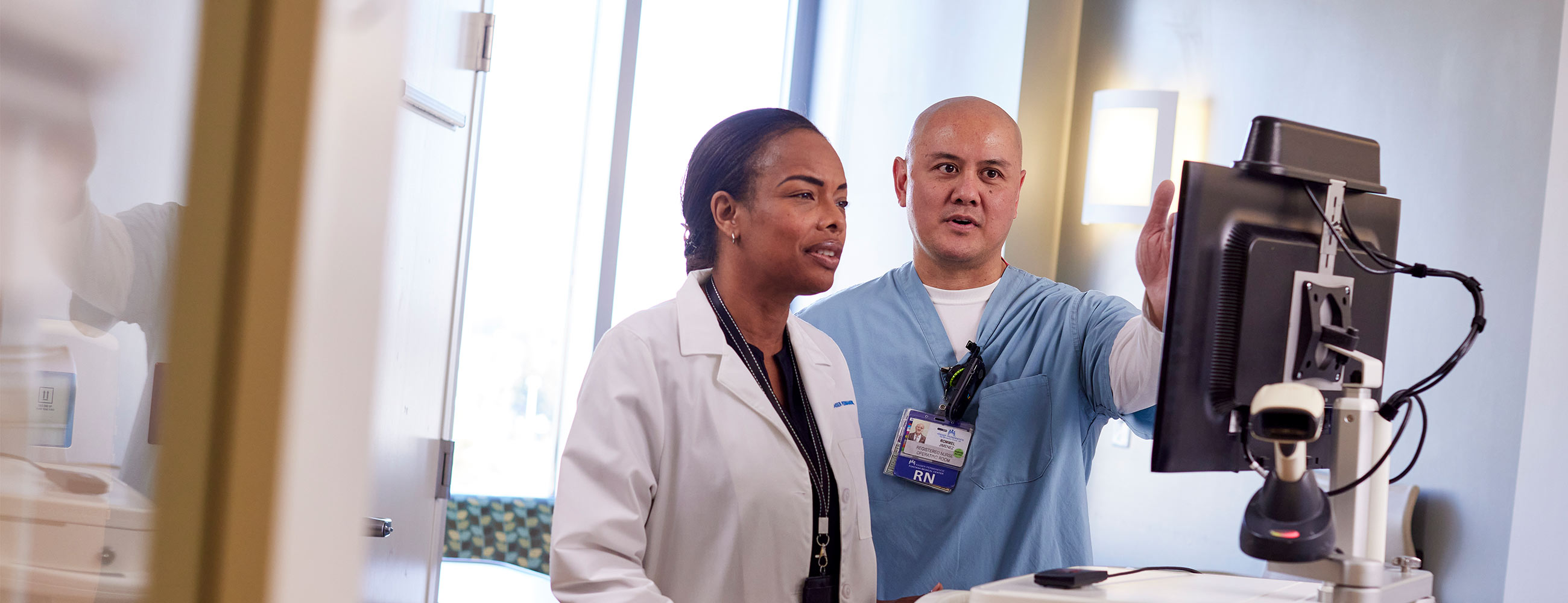
July 8, 2025
Working together at the heart of health care
Organized labor is key to who we are, where we’ve been, and where we’re …

June 23, 2025
How Kaiser Permanente uses AI responsibly
To guide our use of AI, Kaiser Permanente has created a set of 7 responsible …

June 5, 2025
National bargaining progress continues
Kaiser Permanente and Alliance unions reach 4 tentative agreements and …

June 4, 2025
Frequently asked questions about bargaining
Here’s what you should know now that Alliance of Health Care Unions national …
May 8, 2025
New NUHW contract ratified
Kaiser Permanente Southern California and the National Union of Healthcare …

May 8, 2025
Interest-based problem solving: What it is, why it matters
During national bargaining, labor and management use this collaborative …

May 8, 2025
National Alliance bargaining begins
Kaiser Permanente and the Alliance of Health Care Unions kick off negotiations …

April 30, 2025
A history of trailblazing nurses
Nursing pioneers lay the foundation for the future of Kaiser Permanente …

April 16, 2025
Sidney R. Garfield, MD: Pioneer of modern health care
Kaiser Permanente’s co-founding physician spread prepaid care and the idea …
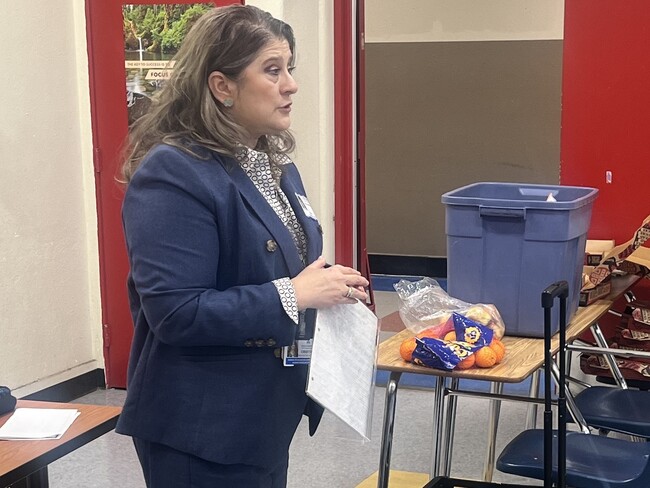
March 27, 2025
We’re committed to mentorship, mental health, and communities
Kaiser Permanente awarded Elevate Your G.A.M.E. a grant to expand program …

March 25, 2025
AI in health care: 7 principles of responsible use
These guidelines ensure we use artificial intelligence tools that are safe …

March 17, 2025
Remembering Bill Coggins and his lasting legacy
The founder of the Kaiser Permanente Watts Counseling and Learning Center …

December 26, 2024
Linking isolated communities to care
A collaborative partnership, powered by trusted nonprofit partners, brings …
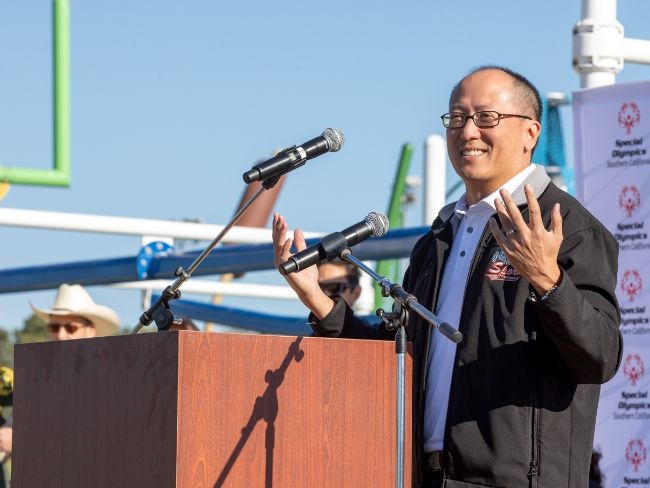
December 16, 2024
Helping to build and support inclusive communities
At the Special Olympics Southern California Fall Games, Kaiser Permanente …

November 11, 2024
Health care coverage now accessible to uninsured people
Indigenous farmworkers may qualify for new Kaiser Permanente coverage.

November 11, 2024
Medicare telehealth flexibilities should be here to stay
We urge Congress to extend policies that have improved access to care and …

October 15, 2024
Our dedication to fostering well-being and equity
The 2023 Kaiser Permanente Southern California Community Health County …

October 2, 2024
Honored for supporting people with disabilities
Leading U.S. disability organizations recognize Kaiser Permanente for supporting …

September 16, 2024
Voting affects the health of our communities
In honor of National Voter Registration Day, we encourage everyone who …

July 16, 2024
Teacher residency program improves retention and diversity
A $1.5 million Kaiser Permanente grant addresses Colorado teacher shortage …

July 2, 2024
Reducing cultural barriers to food security
To reduce barriers, Food Bank of the Rockies’ Culturally Responsive Food …

June 19, 2024
Investments in Black community promote total health for all
Funding from Kaiser Permanente in Washington helps to promote mental health, …
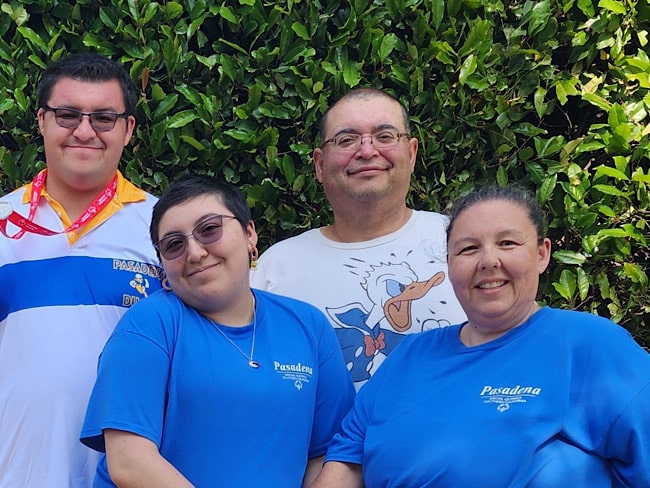
May 30, 2024
Special Olympics Summer Games: Will you play a part?
Kaiser Permanente employee Carrie Zaragoza volunteers for Special Olympics …

May 14, 2024
Recognized again for leadership in diversity and inclusion
Fair360 names Kaiser Permanente to its Top 50 Hall of Fame for the seventh …

May 7, 2024
Can the badly broken prescription drug market be fixed?
Prescription drugs are unaffordable for millions of people. With the right …

May 3, 2024
Henry J. Kaiser: America’s health care visionary
Kaiser was a major figure in the construction, engineering, and shipbuilding …

April 12, 2024
It’s time to address America’s Black maternal health crisis
Health care leaders and policymakers should each play their part to help …

April 8, 2024
Martin Luther King Jr.’s dream is alive at Kaiser Permanente
Greg A. Adams, chair and chief executive officer of Kaiser Permanente, …

March 18, 2024
Program helps member prioritize her health
Medical Financial Assistance program supports access to health care.

March 6, 2024
Former employee honored for supporting South LA families
Bill Coggins, who founded the Kaiser Permanente Watts Counseling and Learning …

March 4, 2024
Taking care of Special Olympics athletes
Kaiser Permanente physicians and medical students provide medical exams …

February 13, 2024
A legacy of life-changing community support and partnership
The Kaiser Permanente Watts Counseling and Learning Center started as a …

February 2, 2024
Expanding medical, social, and educational services in Watts
Kaiser Permanente opens medical offices and a new home for the Watts Counseling …

December 20, 2023
Championing inclusivity at the Fall Games
Kaiser Permanente celebrates inclusion at Special Olympics Southern California …

December 7, 2023
Safe, secure housing is a must for health
We offer housing-related legal help to prevent evictions and remove barriers …
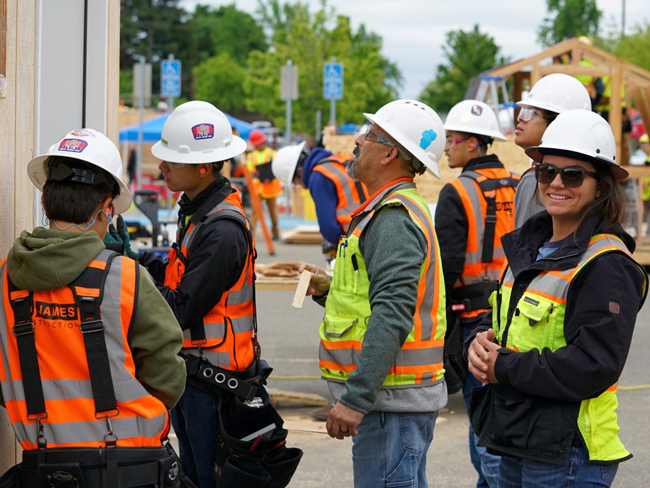
December 6, 2023
Solid foundation: How construction careers support health
Steady employment can improve a person's health and well-being. Our new …

November 9, 2023
New 4-year agreement ratified
National agreement between Kaiser Permanente and the Coalition will help …

November 1, 2023
Meet our 2023 to 2024 public health fellows
To help develop talented, diverse community leaders, Kaiser Permanente …

October 17, 2023
How Kaiser Permanente evolved
Sidney R. Garfield, MD, and Henry J. Kaiser came together to pioneer an …

September 13, 2023
Transforming the medical record
Kaiser Permanente’s adoption of disruptive technology in the 1970s sparked …

August 15, 2023
'Hot-spot' strategy gets more Californians vaccinated
A new location-based vaccine strategy by Kaiser Permanente was successful …

August 10, 2023
Highlighting our community health work in Southern California
The Kaiser Permanente Southern California 2022 Community Health Snapshot …

August 2, 2023
Social health resources are just a click or call away
The Kaiser Permanente Community Support Hub can help members find community …

July 26, 2023
Kaiser Permanente hiring 10,000 new staff for Coalition jobs
More than 6,500 of these union-represented positions have already been …

June 30, 2023
Our response to Supreme Court ruling on LGBTQIA+ protections
Kaiser Permanente addresses the Supreme Court decision on LGBTQIA+ protections …

June 29, 2023
Our response to Supreme Court's ruling on affirmative action
Kaiser Permanente addresses the Supreme Court decision on affirmative action …

June 29, 2023
Special Olympics athletes go for the gold
Kaiser Permanente celebrated its sixth year as official health partner …

June 14, 2023
Honored for commitment to people with disabilities
The Achievable Foundation recognized Kaiser Permanente for its work to …

June 7, 2023
Engaging businesses for action on climate and health equity
New climate collaborative with BSR announced at joint Kaiser Permanente …

May 22, 2023
Investing and partnering to build healthier communities
Kaiser Permanente supports Asian Americans Advancing Justice to promote …

May 10, 2023
A workplace for all
We value and respect employees and physicians of all backgrounds, identities, …

May 10, 2023
Equity, inclusion, and diversity
We strive for equity and inclusion for all.